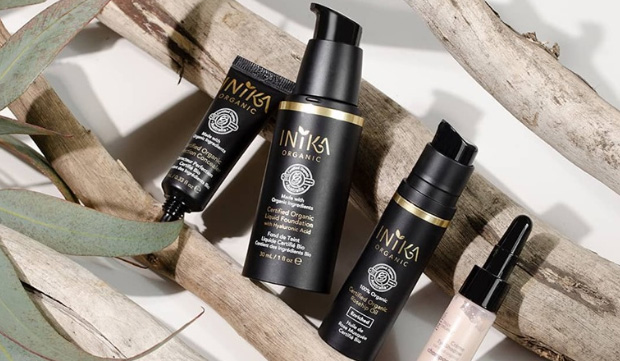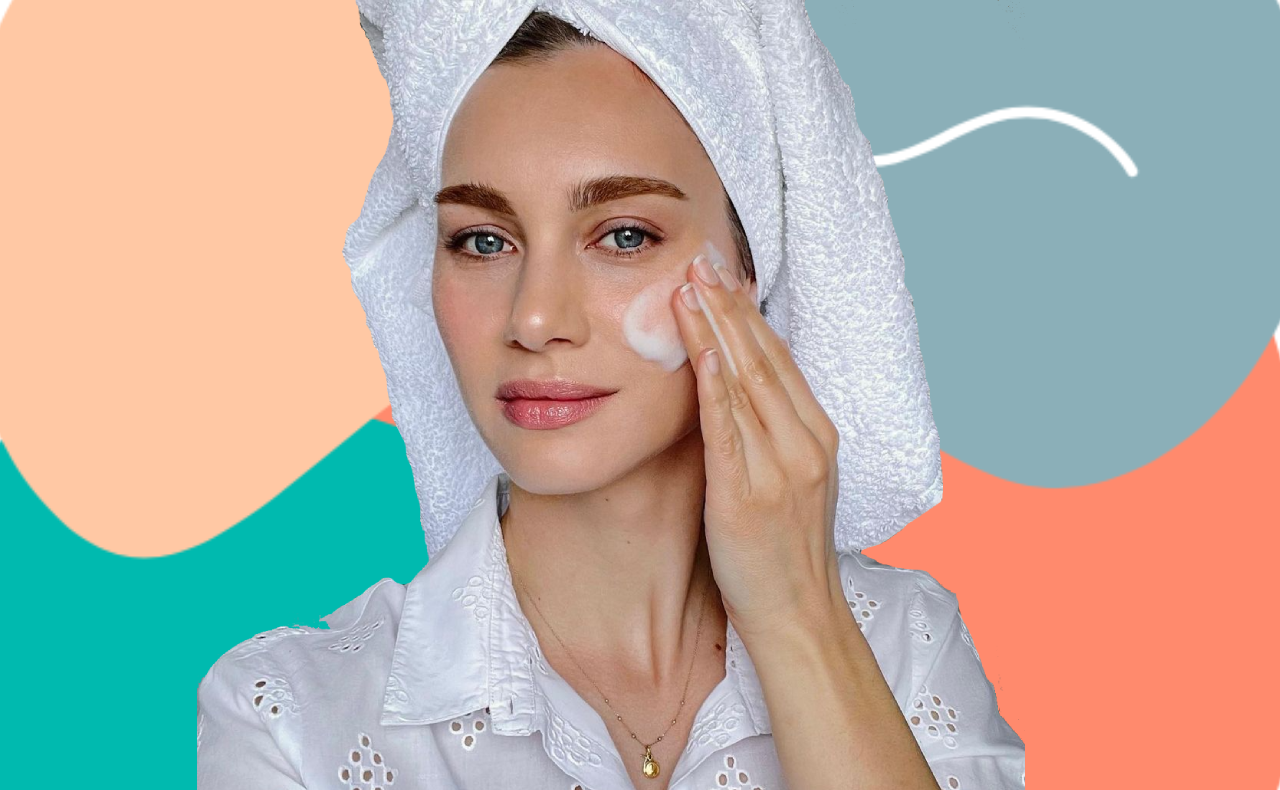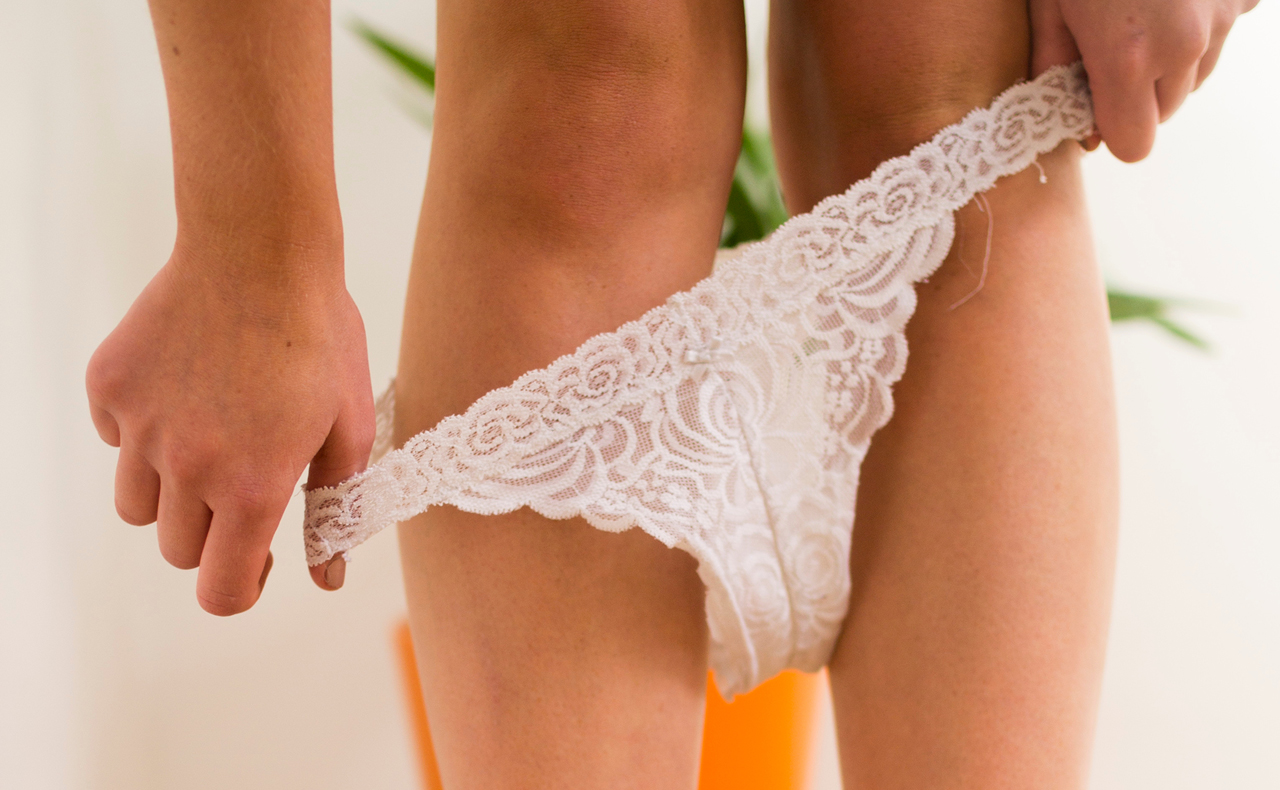Detoxes are generally a January thing. Partly because the New Year serves as a cause for committing to self-care, yes, but also partly because the mood swings that come with quitting alcohol, carbs or whatever your personal kryptonite may be, are best reserved for holidays, to ensure that as few people as possible will be around to witness them. After all, it’s safe to say friends and family will be more forgiving of a tantrum triggered by bread and booze deprivation than your boss.
Time spent solo serves as an ideal slot for a beauty transition too. For instance, a friend of mine turned down New Years plans this year due to the fact, and I kid you not, that she was “three days into a switch to natural deodorant and unable to attend due to smelling like a garbage can”. The thing is, transitions are tricky, and your body/face/mind etc. must endure an adjustment stage before adapting for good – just like with any breakup, the only way out is through, and whilst it’s not always fun, once you’ve made it, you’ll never look back.
But detoxes can’t always wait until the next patch of downtime, and if you’re getting as into Natural Beauty Month as we are, one of the tasks burning a hole in your to-do list is swapping out your skin care regime in favour of natural formulas. Keen to convert but scared to shock your skin? We chatted to Celia Trevisani, INIKA Organic’s Senior Brand Manager about how to best push through the purging period. Clear skin and an equally clear conscience await.
RELATED: Why water-based skincare could be the answer to your dry skin woes
RELATED: Here’s why you should be putting Vitamin K on your face
Why does skin often break out during the transition to natural products?
“Switching to natural products makes all the difference to your skin, [but] when initially changing over, your skin may break out and be worse before it starts getting better”, says Celia. “This is due to your skin detoxifying, flushing out all the toxic ingredients from non-natural and organic products used prior, and getting rid of a layer of dead skin cells”.
What are the differences between ‘skin purging’ and regular breakouts?
“Purging and breakouts can look similar so it can sometimes be hard to tell the difference,” Celia says. “Purging is speeding up the cell turnover process by getting rid of toxins trapped under the skin; the result of this is you’ll break out more frequently in a short period of time, in an area of the face where you would normally have pimples or blemishes. Compare this to a breakout, which happens in new areas of the face where you may not have experienced blemishes before. [Regular blemishes] will take longer to [emerge] and also longer to disappear. Breakouts can actually last up to six weeks whereas purging [usually occurs within a] two to three-week period”, she explains. The purging period time frame does, however, depend on the person. “Some skin types will adjust straight away, whereas some others may take around four weeks to get used to new formulas and ingredients, in line with the skin’s natural cycle, where it renews itself every 28-days”, Celia explains.
What strategies can I put in place to make the switch as seamless as possible?
Our top tip? Ease into it. “The best way to avoid a purging period would be slowly introducing active-based ingredients to your skin”, says Celia. Not exactly sure what active-based ingredients are? Look for natural elements that have been scientifically proven to change the structure of your skin at a cellular level, such as vitamin C or ferulic acid. “Start off by using active ingredients 1-2 times a week rather than using daily. This will allow your skin to adjust to newly introduced ingredients and minimise the purging. Also use exfoliators with AHA and purifying masks to help your skin detoxify faster during the transition!” Another key to a smoother switch is to identify ingredients used within your existing routine and look for the closest natural equivalent. “Looking for natural alternatives is a great way to transition to the [other] side. Our products contain many skin loving ingredients such as aloe vera, green tea, argan oil, avocado oil, lavender oil, prickly pear, jojoba and many others that your skin would love to be lathered in”, Celia explains, confirming that there are many options to choose from. For example, if you’re oily and blemish-prone, tea tree oil could be a great alternative to salicylic acid, whereas jojoba oil would work wonderfully if you want to keep up your moisture levels sans glycerin.
If redness and breakouts do occur, is my skin merely adjusting or is the product not right for me?
One of the trickiest aspects of the transition to natural is identifying which tell-tale signs are apart of the purging period and which are an actual problem. “Some people can have reactions to essential oils or botanical ingredients, so I [do] always recommend a patch test first to see how your skin reacts”, Celia says. “Having said that, we have so many testimonies of people with severe acne or rosacea now enjoying a healthy, glowy skin, after making the switch to natural”, she tells us. And if breakouts do occur, try applying a natural formula designed specifically for soothing irritation. “I’d recommend looking for a rosehip oil or even tea tree oil”, Celia recommends. “Our INIKA Certified Organic Enriched Rosehip Oil is formulated with native botanicals that help to nourish, repair and hydrate the skin. It’s great for post-breakouts that leave scars as rosehip oil is naturally healing, [plus it also contains] native Australian plant oils such as Kakadu plum, crown of gold, lilli pilli and quandong, all rich in fatty acids, vitamin C and antioxidants to help diminish breakout scars”, she explains.
Main image credit: @inikaorganic
Have you navigated the purging period during a skin care transition? What was your experience?





My tip is to look up the ingredients on the internet and learn what they are derived from and if they are actually toxic to humans or not, suprisingly what some manufacturers get away with using, also i cannot stand anything with artificial parfum which limits my choices they still end up being in some natural products too, so not always natural as they say they are. Do your research.
I find using natural products more relaxing and less stressful. Might be something to do with the natural essences in them.
There are some products I can’t help but have breakouts. That’s when I know I need to find another product instead.
thanks for the article. Great help for many
good idea.
Interesting read, especially when finding out what type of products my skin works with and doesn’t and what to what out for and how long it takes
I am not sure I can tell the difference still.
I’m in the process of switching to natural skin care and my rosacea has returned, just saying..
mccart reported as spam
Going slowly in anything skincare related is a must if your skin is sensitive, in my opinion.
Yes I have a sensitive skin and need to adjust slowly
I find it is best to change ingredients slowly so if you do have a product that doesn’t work for you it doesn’t affect your skin too badly